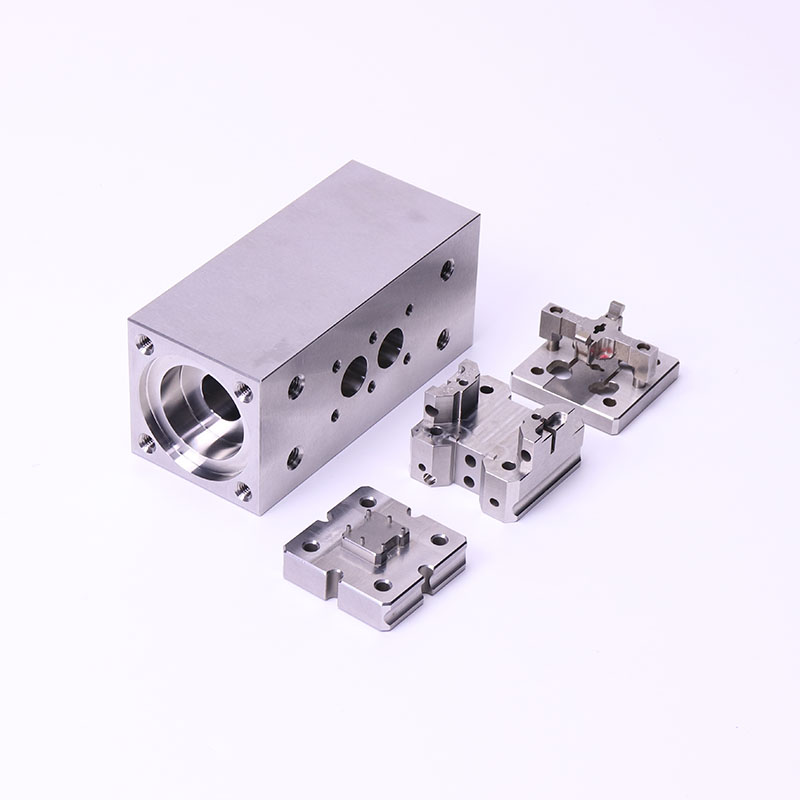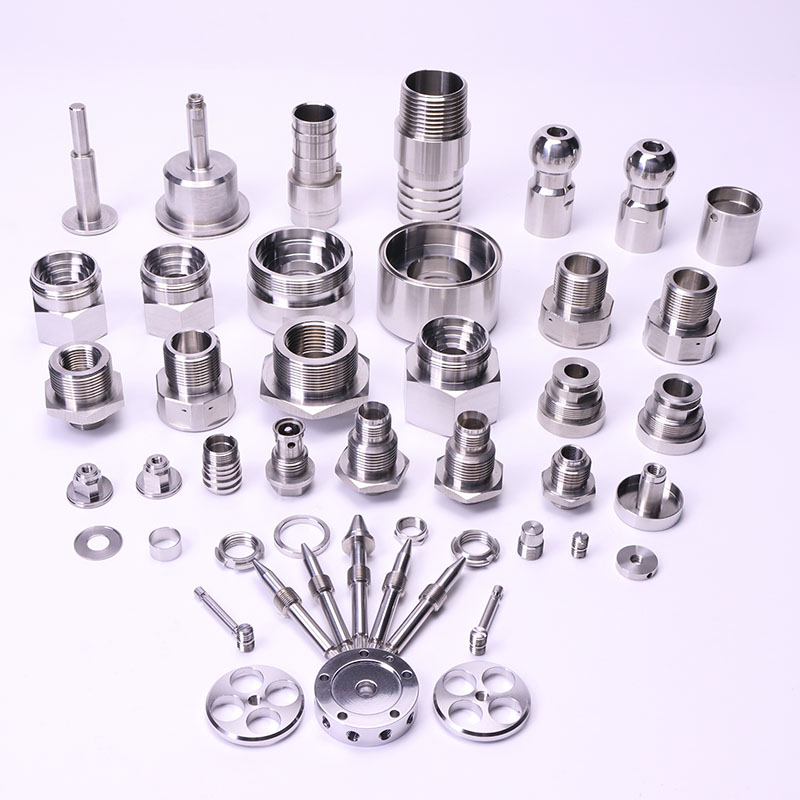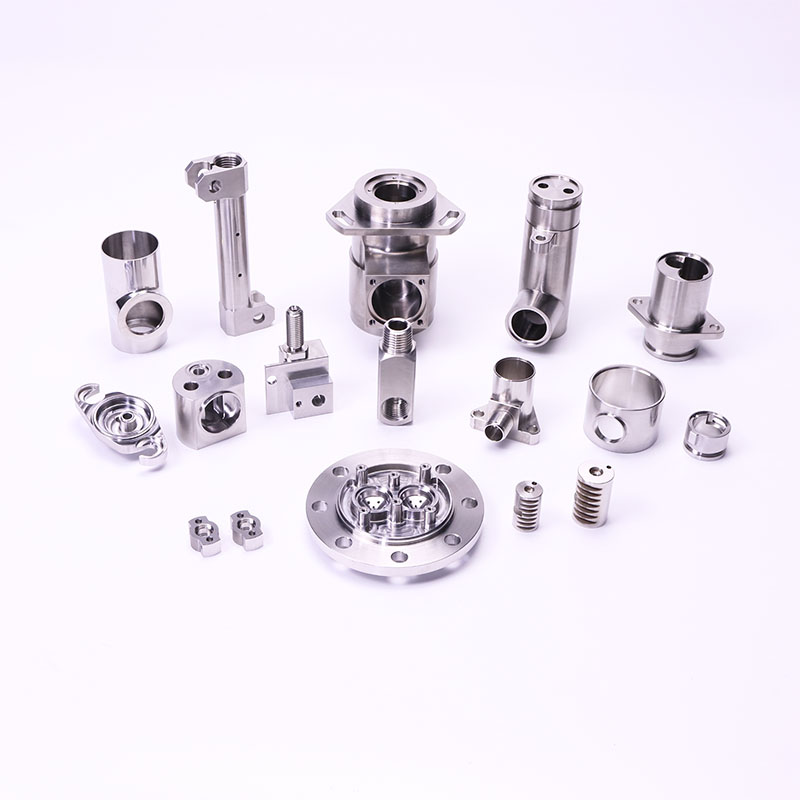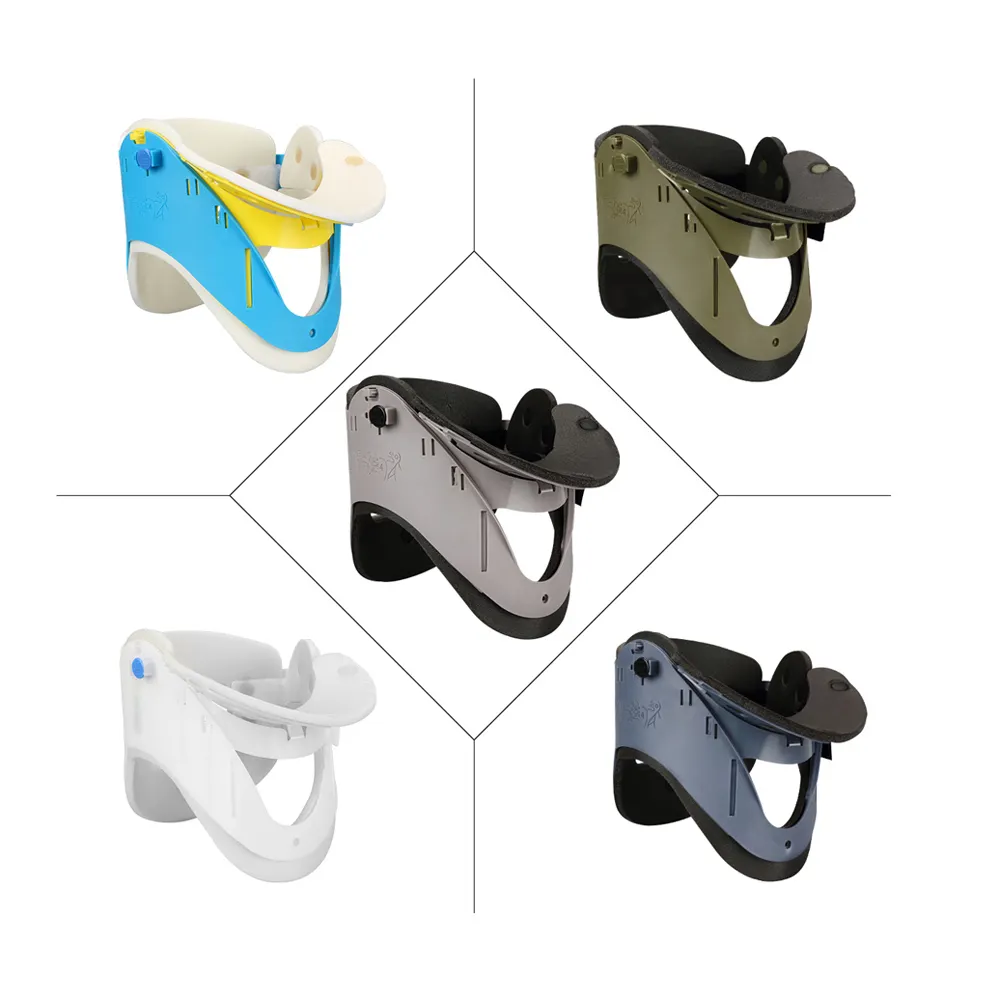Abstract
The automotive industry thrives on precision. As global demand for high-performance vehicles grows, so does reliance on advanced manufacturing hubs like China. This article examines China’s role in producing precision automotive parts—from CNC-machined engine components to heat-treated transmission gears—and how cutting-edge technologies address industry challenges like tolerances, durability, and supply chain efficiency.
Introduction
In 2023, China accounted for 32% of the world’s automotive parts production, according to Statista. Behind this staggering figure lies a story of innovation: the rise of precision automotive parts manufacturing. For companies like Xiamen Prime Kunwu Industrial Co., Ltd., delivering components with micron-level accuracy isn’t just a goal—it’s a necessity for modern vehicles. This article unpacks the technologies, materials, and expertise shaping this critical sector.
1.China’s Dominance in Global Auto Parts Manufacturing
1.1 The Numbers Behind the Growth
Market Share: China produces 32% of global auto parts, with exports exceeding $80 billion annually (China Automotive Industry Association, 2023).
Key Drivers: Cost efficiency, vertically integrated supply chains, and government investments in automation.
1.2 Case Study: Tesla’s Shanghai Gigafactory
Local Sourcing: 95% of components for Tesla Model 3/Y are sourced domestically, including precision battery housings and suspension parts.
Tolerance Standards: CNC-machined motor mounts achieve ±0.005 mm accuracy, rivaling German engineering benchmarks.
1.3 Challenges and Solutions
Quality Perception: Despite progress, some buyers question consistency. ISO 9001-certified factories like Prime Kunwu use AI-driven quality control to ensure <0.1% defect rates.
Sustainability: Recycled aluminum alloys now comprise 40% of premium brake caliper production.
2. The Science of Precision Automotive Parts
2.1 Advanced Machining Technologies
5-Axis CNC Machining: Enables complex geometries for turbocharger impellers (e.g., BorgWarner’s China-made turbines).
Swiss-Type Lathes: Produce fuel injector nozzles with 1-2 μm surface roughness, critical for emission compliance.
2.2 Material Innovations
High-Strength Steels (HSS): Used in BMW’s China-sourced chassis components, offering 20% weight reduction vs. traditional alloys.
Ceramic Coatings: Plasma-sprayed thermal barriers in exhaust systems improve longevity by 300% (SAE International, 2022).
2.3 Heat Treatment and Surface Engineering
Case Hardening: Gears treated via vacuum carburizing achieve 60-65 HRC hardness with minimal distortion.
PVD Coatings: Diamond-like carbon (DLC) coatings on piston rings reduce friction by 15% (Ford EcoBoost case study).
3. Why Global Brands Choose Chinese Precision Manufacturers
3.1 Cost-Efficiency Without Compromise
Economies of Scale: A transmission shaft costing
Tooling Savings: Rapid prototyping reduces mold development time from 12 weeks to 3.
3.2 Agile Supply Chains
Just-In-Time Delivery: BYD’s EV battery trays are machined and shipped within 72 hours, supporting 2 million annual EV productions.
Port Infrastructure: Xiamen’s deep-water ports enable 48-hour delivery to Tokyo or Los Angeles.
3.3 Collaborative R&D
Joint Ventures: Bosch’s Nanjing plant co-develops ABS modules with local engineers, cutting R&D cycles by 30%.
Digital Twins: Simulation-driven design optimizes camshaft loads before physical prototyping.
4. Conclusion
China’s precision automotive parts industry isn’t just about scale—it’s about mastering the trifecta of speed, accuracy, and adaptability. As electric and autonomous vehicles redefine automotive standards, manufacturers like Xiamen Prime Kunwu Industrial Co., Ltd. are proving that innovation knows no borders. Whether it’s a nanocoated bearing or a AI-inspected transmission gear, the future of mobility is being forged in today’s advanced Chinese workshops.
References
Statista. (2023). Global Automotive Parts Production Statistics.
SAE International. (2022). Thermal Barrier Coatings in Exhaust Systems.
China Automotive Industry Association. (2023). Annual Production Report.
J.D. Power. (2023). Global Manufacturing Cost Benchmarking.
FAQs
1. Q:Are precision automotive parts from China reliable?
A:Yes. ISO 9001-certified factories use AI quality control to achieve <0.1% defect rates, matching global standards (e.g., Tesla’s Shanghai Gigafactory).
2. Q:How does China reduce costs for precision machining?
A:Economies of scale and vertical supply chains cut costs by 35% vs. Western counterparts while maintaining tolerance under ±0.01mm (J.D. Power, 2023).
3. Q:What materials are used in Chinese auto parts?
A:High-strength steels, recycled aluminum alloys, and ceramic-coated components improve durability by 300% (SAE International case study).
4. Q:Can Chinese suppliers meet tight deadlines?
A:Yes. Agile JIT systems enable 72-hour delivery for EV components like BYD’s battery trays, supported by port efficiency.
5. Q:Do Chinese manufacturers follow international certifications?
A:Top suppliers adhere to ISO, IATF 16949, and ASTM standards, with 95% localization rates for brands like BMW and Bosch.
Contact Info
Mr. Brook Lin
Job Title: Sales manager
E-mail: [email protected]
Mob/WhatsApp:+86 13599927066
Wechat:+86 13599927066 Skype:+86 13599927066
Country/Region: China (Mainland) Province/State: Fujian
Operational Address: Building 172, Tongan Industrial Zone, Tongan Area, Xiamen, Fujian, China (Mainland) Zip: 361100










